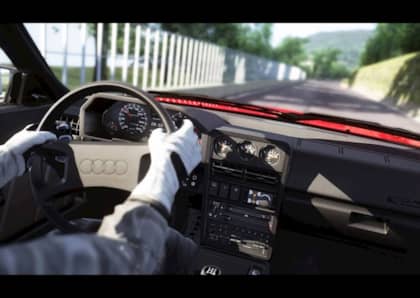Cheapest Way to Start Racing: Sim Rig or Budget Track Car?
So you want to start racing but where do you start? Should you get real seat time or do it virtually? Which is cheaper?

Traditionally, the only way to get started in racing would be to buy a car and take it to the track. These days, racing sims have become more realistic than ever in the car selection, race tracks, game physics and graphics. They have come a long way video games like Ridge Racer and Need for Speed to true racing simulators, with many drivers using sims such as Assetto Corsa and iRacing for practice between races and Gran Turismo racers graduating from the console to the cockpit and racing at the 24 Hours of LeMans.

As eSports have blown up in popularity around the world, the popularity of sim racing has followed suit. Attracting both gamers and professional race car drivers, sim racing is more popular than ever. With the variety of games and platforms available, the options can get overwhelming and depending on how serious you are about sim racing, should you put your money into a budget race car?
Graduating from the Controller
Your first step into the world of sim racing requires a chassis and wheel/pedal set. The chassis is the frame that your seat and wheel/pedal set are mounted to. You will also need TV/monitors, keyboards, console or PC—and the requirements change depending on your gaming platform but in this article we will only focus on the rig and wheel set up itself.
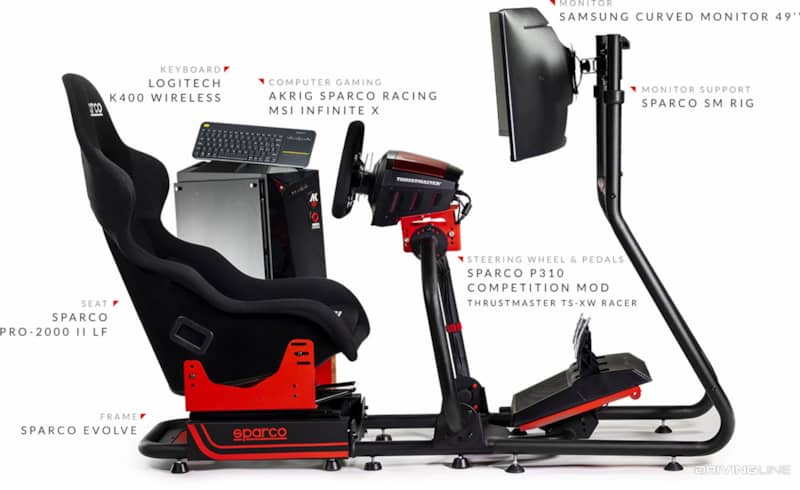
Your sim rig should consist of the rig or chassis, and the frame that you bolt your wheel/pedal/shifter and seat to. It could be as basic as a folding chair and a desk but we’ll focus on the most serious options. As with anything, there are budget options and more expensive options that match the level of your other accessories.
Graduating from your controller, the wheel and pedals are a major part of the sim racing experience. There are different tiers of wheel and pedal sets and offer varying levels of realism.
You will want to find a wheel that offers 900 degrees of rotation, similar to the steering of a real car. Wheels also have different force feedback drive motors, from belt drive, gear drive and direct drive. Each one (in that order) provides a more realistic driving feel with stronger wheel feedback.
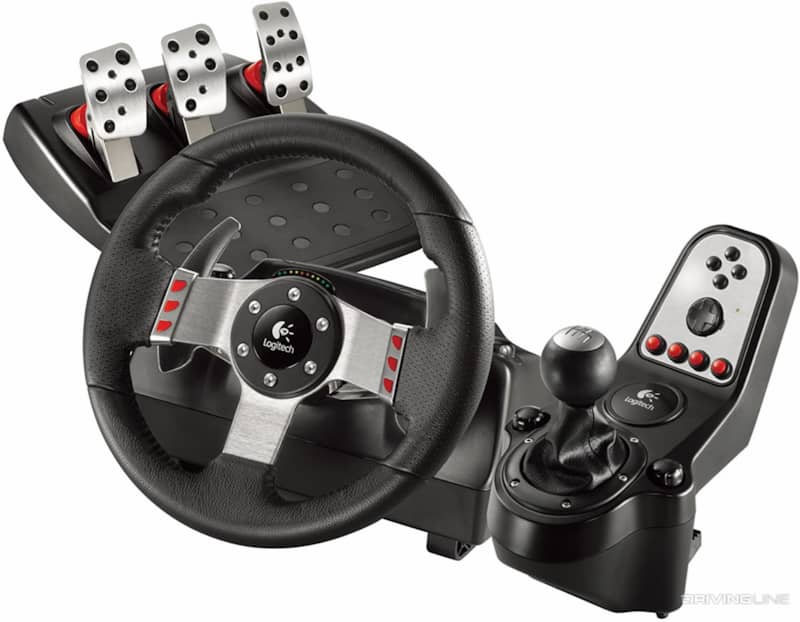
Stepping up from a controller, Thrustmaster and Logitech offer wheels with 900 degrees of rotation and belt or gear drive motors. Depending on whether you are playing on a PC/Xbox or PlayStation, there are specific models for your gaming platform.
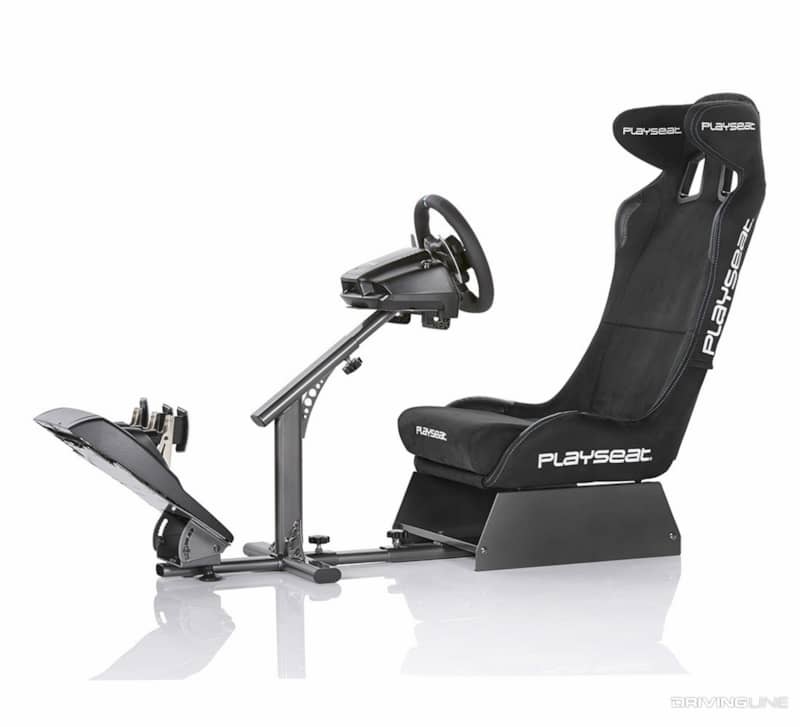
For starters, you can put together a PlaySeat cocktpit with a Logitech wheel and pedal set and that would set you back about $600, and that’s not including the monitor and your console or computer.
If you’re looking for a more realistic experience, you can go top tier with a Sim-Lab cockpit and Fanatec wheel and pedal set. Sim-Lab is the official supplier to the Mercedes-AMG Petronas eSPorts team. Fanatec is the top tier competition wheel and pedal brand.
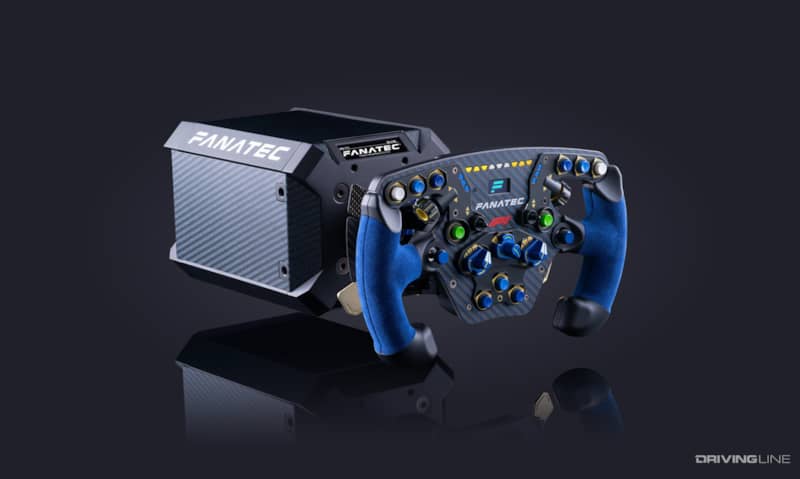
The crème de la crème of these options would be the Fanatec Podium DDR2 steering base, which features a direct drive motor. Seen above with the 2020 F1 wheel, is a near exact replica of the 2020 Formula 1 wheel with functional buttons and displays.
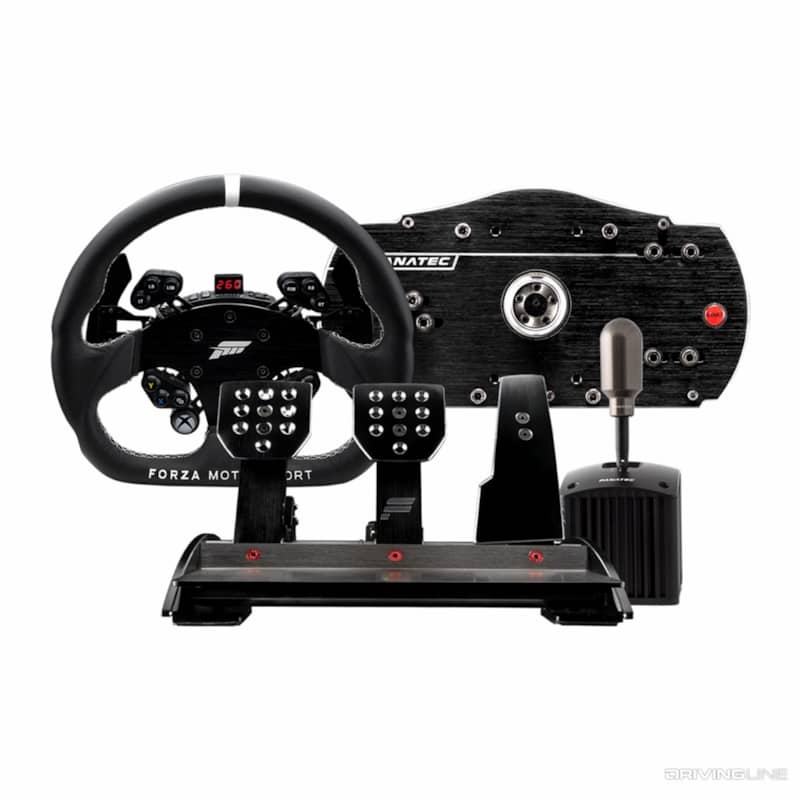
Fanatec also offers pedals that are adjustable and vibrate so that when you go over grass or gravel in the game, you can feel it at your feet. Adding to the realism, Fanatec also offers inversely mounted pedals, similar to most modern cars. You can also add a clutch pedal and their H pattern shifter to complete the driving experience.
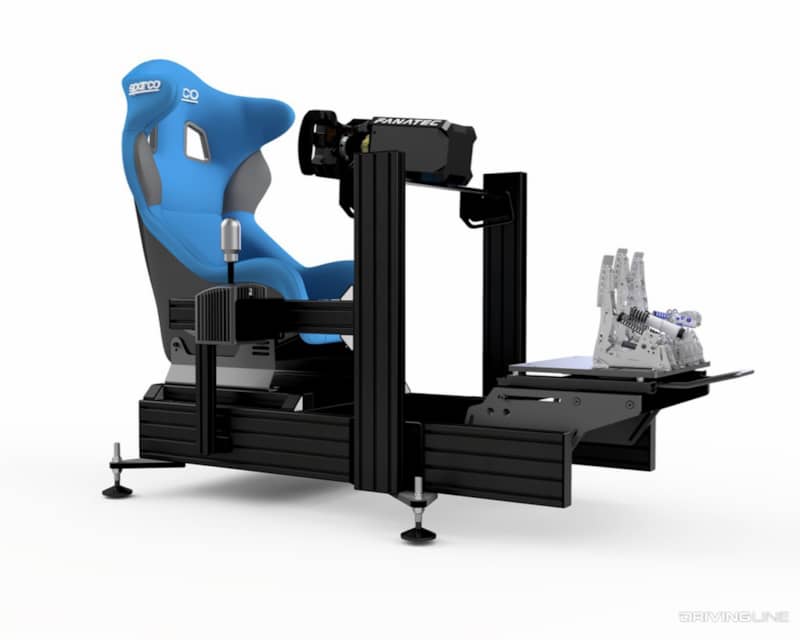
Without getting into motion on your rig, this is as close as you can get to the feel of driving an actual car. Although you will be able to get practice on race tracks without leaving your house, the sim racing experience lacks the physical feel of cornering g’s, weight shifting changes in track surfaces, etc.
Building a Project Car
In Southern California, $3,500 gets you into a well worn EF/EG/EK Civic, Miata or E30 BMW 3-series. Though there is nothing bad about these cars, they are fun to drive and have strong aftermarket support. The problem is at that price range, the examples you are likely to find will have seen better days and certainly require attention.
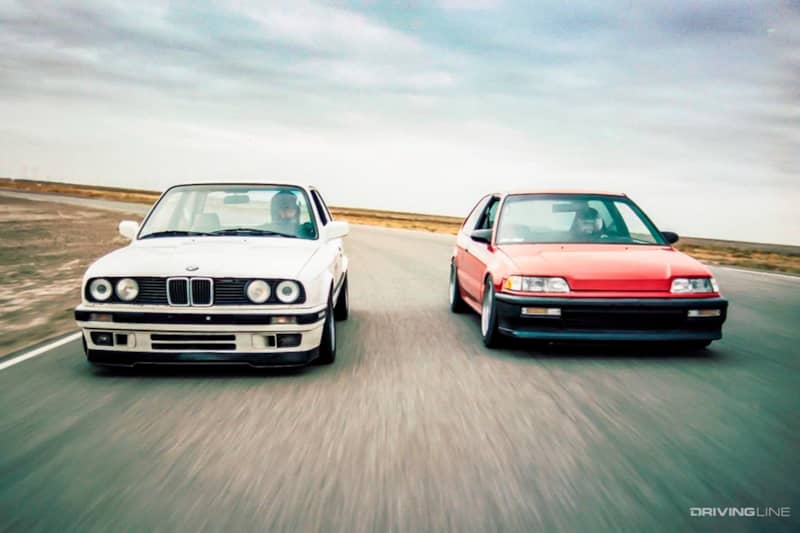
After you’ve spent the initial $3,500 on the car, $1,000 on fixing leaks and swapping in new bushings, another $2,000 on wheels, Nitto tires and suspension, you’re already in more than double what you’ve paid and you haven’t taken it to the track yet.
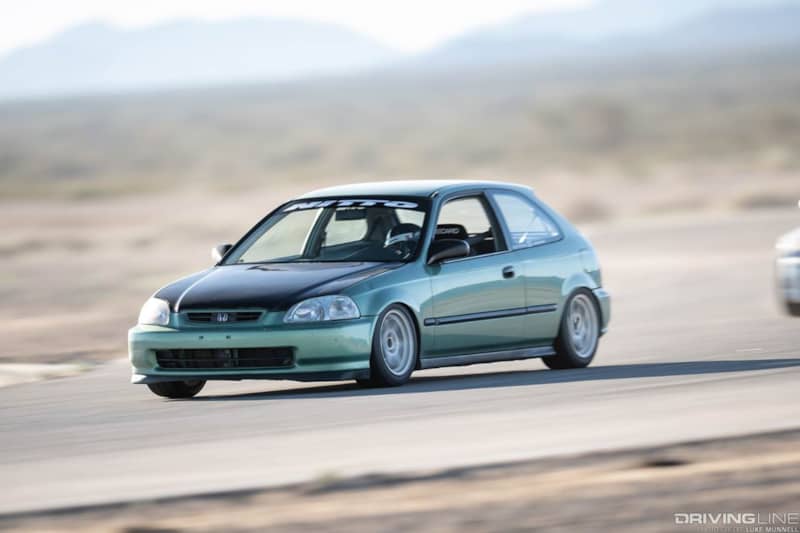
When you factor in gas, registration, insurance, track day fees, etc. what was once a “$3k idea” has now snowballed into a nearly $10k project! And that's not including the long nights in the garage and bugging your friends for a hand or a tow.
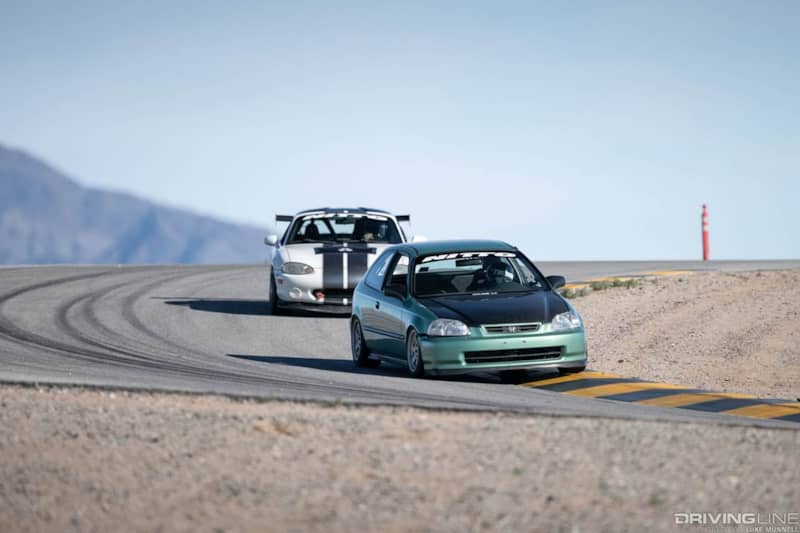
In this situation, there is no logical answer but let's be honest, as a Driving Line reader, logical isn’t a top priority. If you’re an enthusiast, you already know there is no wrong answer in this dilemma. Whether you’re just having a good time or working to go faster, it’s all about fun and learning. You will gain lifelong experience either route you choose. It just depends on how you want to learn and how much fun you can afford.
For the same money, which would you rather? Sim racing or build a project car?






